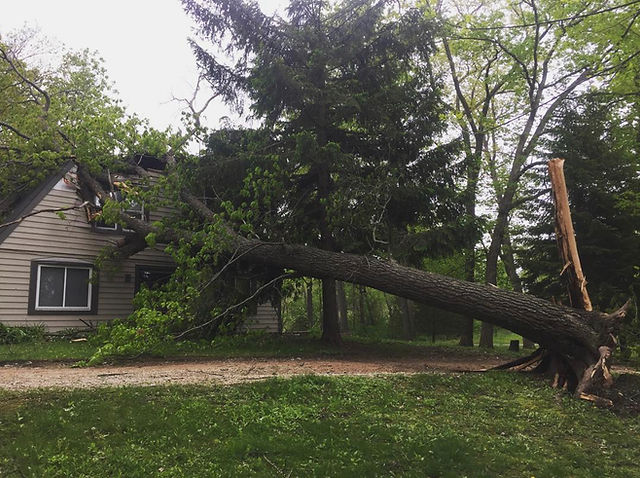Weathering the storm refers to surviving difficult situations while maintaining calm in an otherwise chaotic environment.
Fruit trees can thrive in almost any soil type, yet a thick layer of organic mulch provides them with significant advantages. Mulch helps protect roots from cold air while keeping the soil moist.
Fall
As summer winds down, fall can be an excellent time to plant trees. Many nurseries offer discounted bare-root plant sales in fall that last all winter long, making fall planting much more cost effective than spring.
Are You Thinking About Planting Trees This Fall? Check Out The Approved Street Tree List For Advice And Get An Arborist’s Advice When Making Decisions Certified arborists can assist with selecting an ideal tree to fit into your landscape and ensure its successful installation.
Mulching properly this season is of equal importance. Mulch made of shredded hardwood or leaf materials helps maintain soil moisture, which is vital to new root development. Avoid mulching too close to the trunk as this could damage its bark. A layer of 2-3 inches should suffice. To prevent snow damage from evergreen trees, tie them together using soft rope (such as pantyhose) before snow begins falling according to Michigan Gardener.
Winter
As summer fades into cooler nights and snowfall, homeowners begin focusing their efforts on winter preparation for their trees. Now is an important time to ensure they remain healthy and free of damage or disease. Learn more here https://annarbormitreeservice.com/
One effective way of preparing your yard for storms is through regular pruning, which will reduce the risk of dead sections being snapped off during storms, increasing property safety.
Pruning reduces the likelihood of wind sail effects, in which branches flail around in strong winds. A certified arborist can prune to promote healthy structure, remove dead sections and decrease crown density for storm preparedness purposes.
On top of this, mulch and rake the base of your tree regularly in order to prevent soil compaction and rot, wrapping susceptible trees with burlap or plastic wrap during the winter to protect them from sunscald. This is especially important when planting young or newly planted thin-barkled trees such as apple, beech, crabapple, holly horse chestnut linden maple mountain ash trees which have thin bark.
Spring
Newly planted trees need to be properly watered from April through November during their initial growth season for best results. Pruning should take place as needed and irrigation should occur frequently to avoid shock from dry conditions in April through November.
Arguably contrary to popular opinion, organic matter such as dead leaves and branches may actually benefit your newly planted trees. They provide essential nutrients, help retain moisture levels and enhance soil quality.
Evergreen trees can add value and block cold air from blowing onto your property by acting as windbreaks, but their roots may grow too close for comfort to your home and pose a potential hazard.
Your trees can be protected through tree-friendly techniques such as proper pruning and mulching.
Summer
Summer season marks a time of warm, dry climate that makes for ideal conditions for enjoying sun rays and fresh fruit while simultaneously relaxing and having fun.
Season of outdoor movies, picnics and fireworks! Time for long bike rides and hikes as well as long hikes into nature; watermelons; funnel cake; swimming; camping trips. Devour cherries watermelons funnel cakes all while reading non-fiction titles just for pleasure!
Watering newly planted trees multiple times weekly during the summer season is essential to their successful establishment and will encourage root development and help establish them properly. A combination of peat moss and well-conditioned compost may be added to the planting hole for extra moisture if necessary – especially crucial in dry areas where rainfall alone may not provide enough hydration for proper plant survival.





